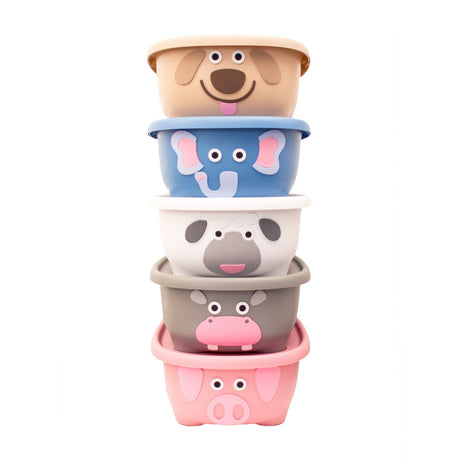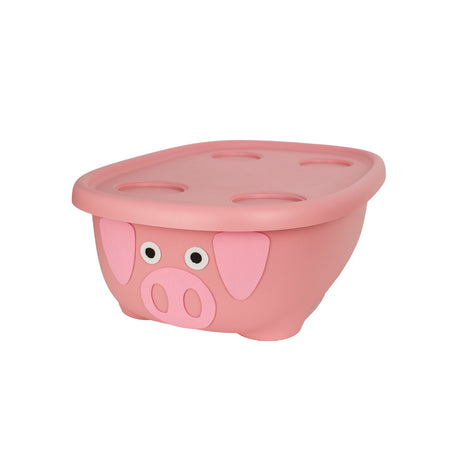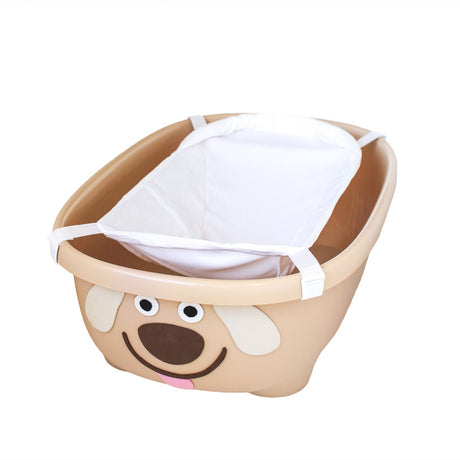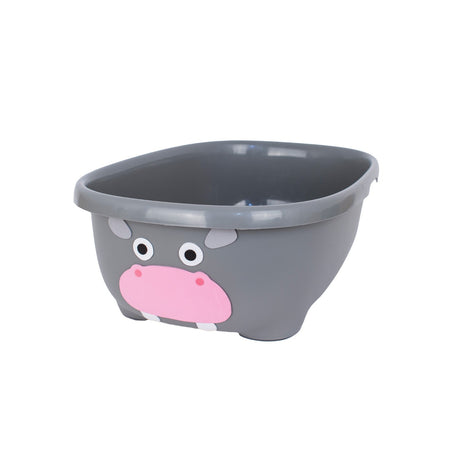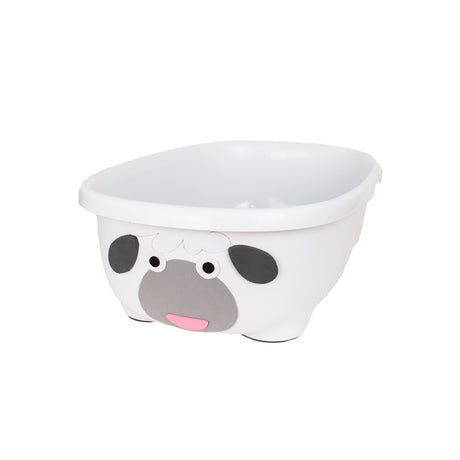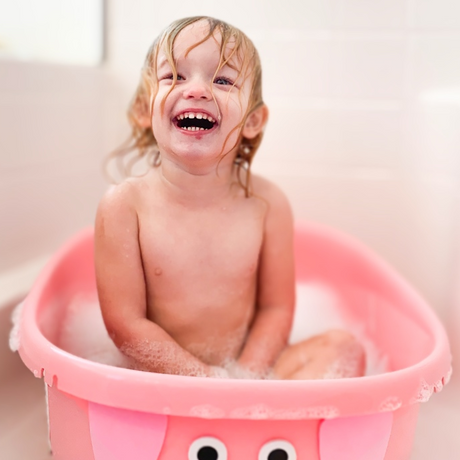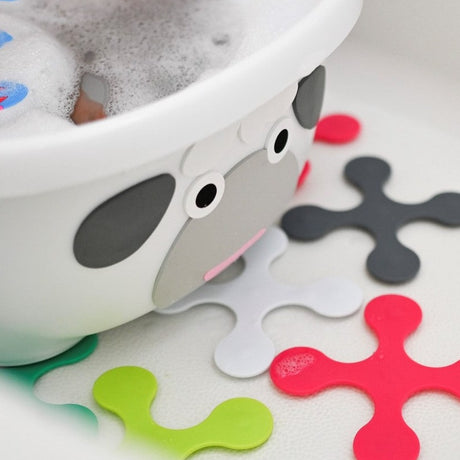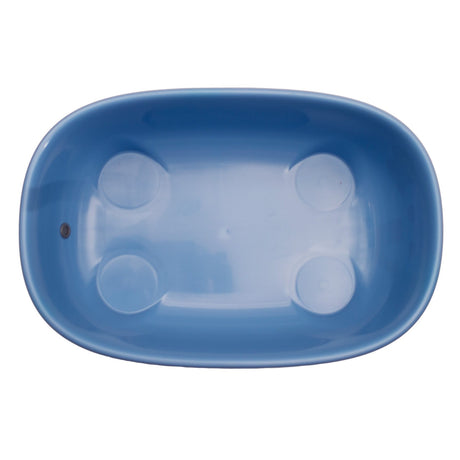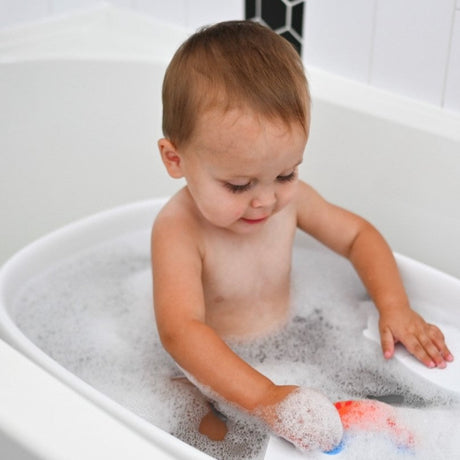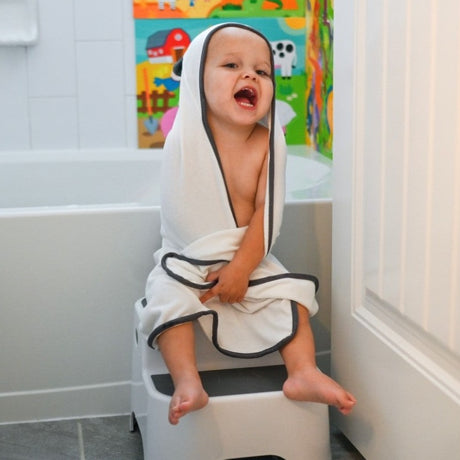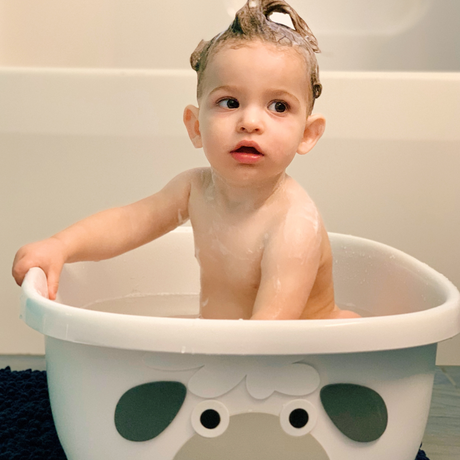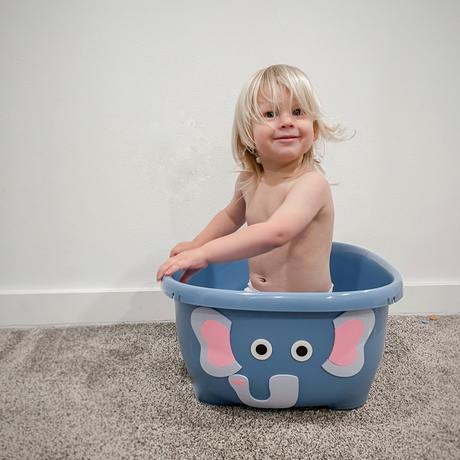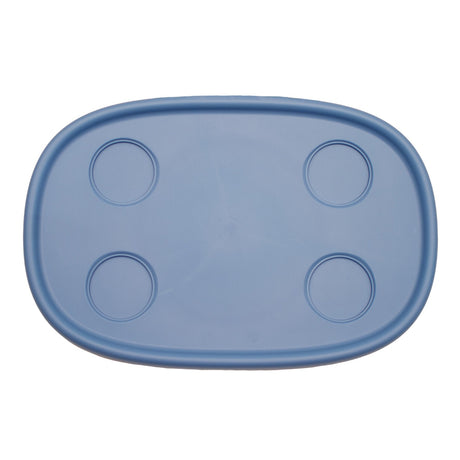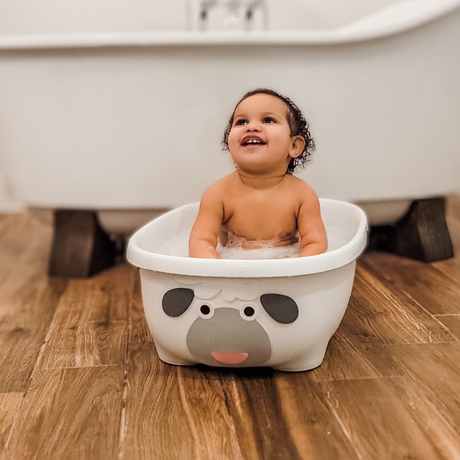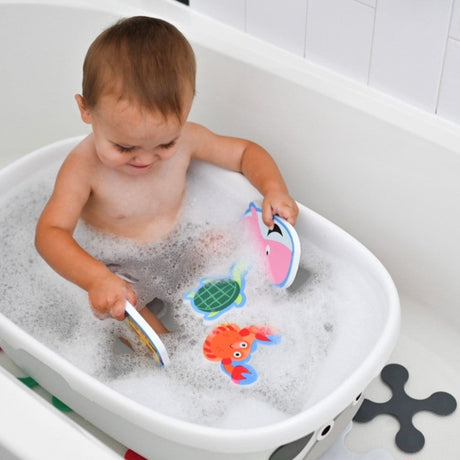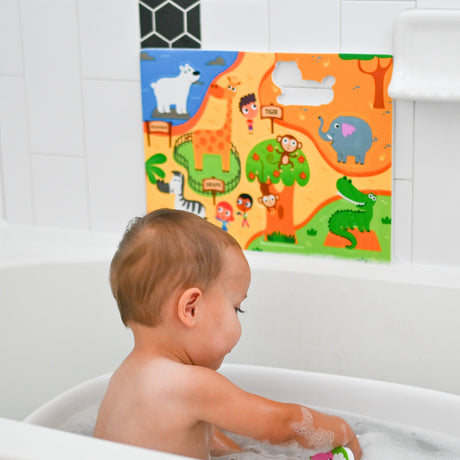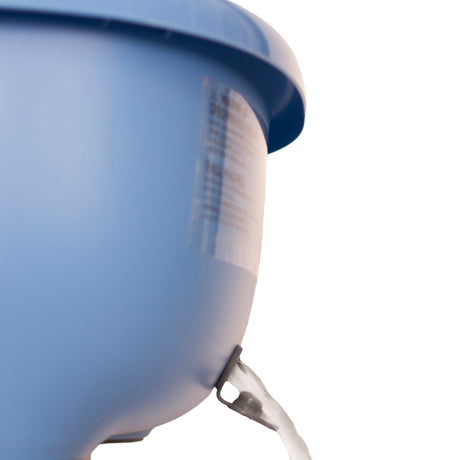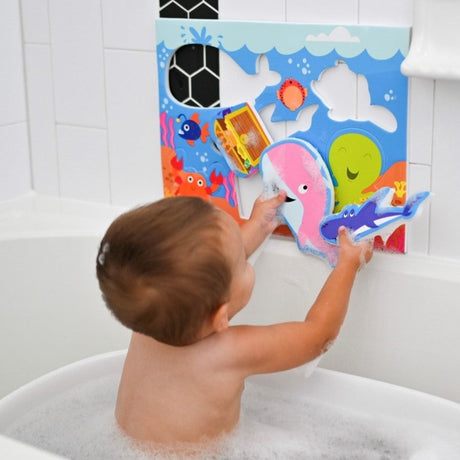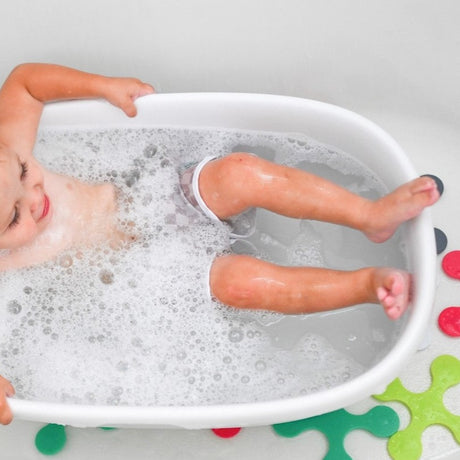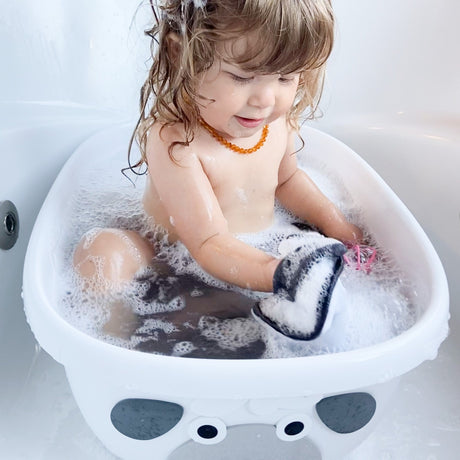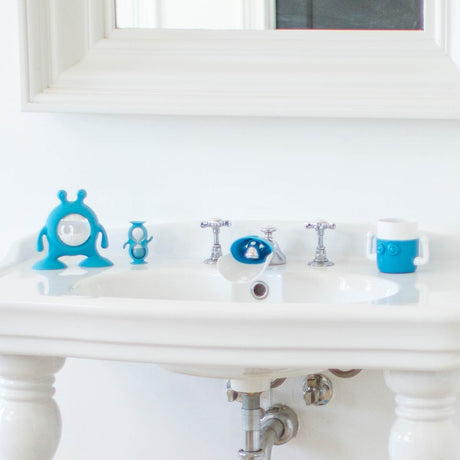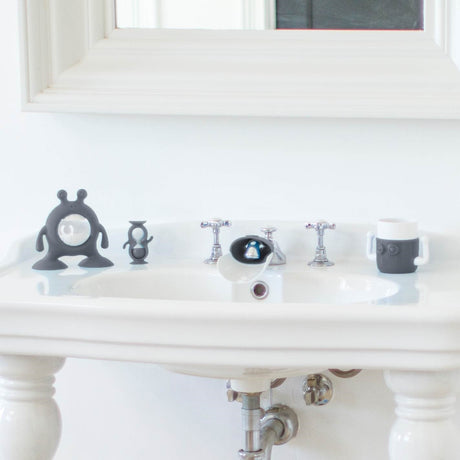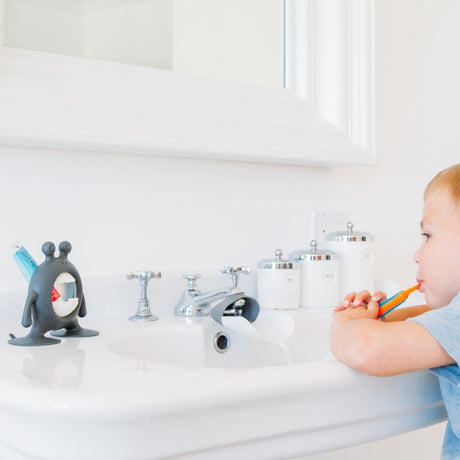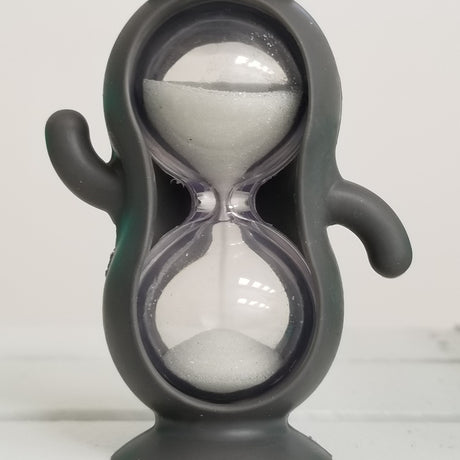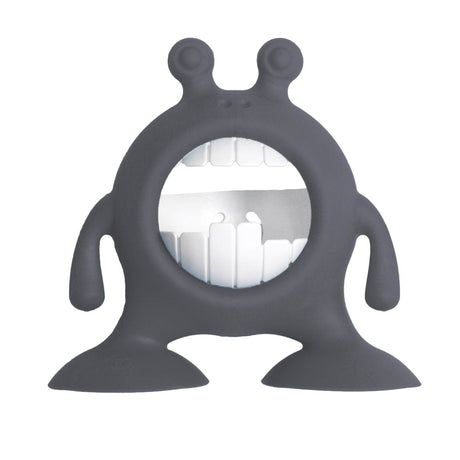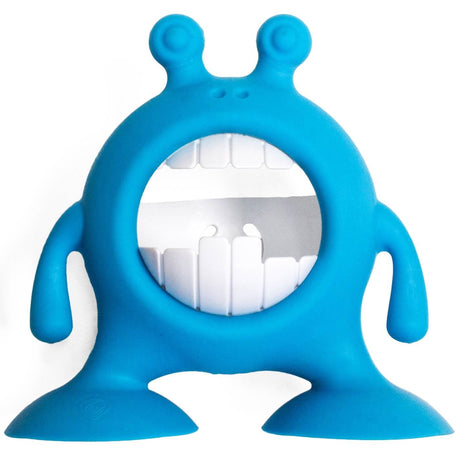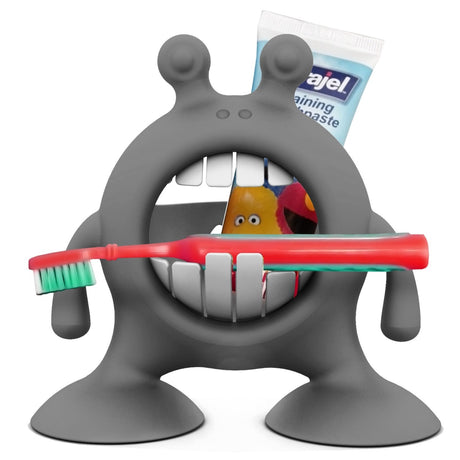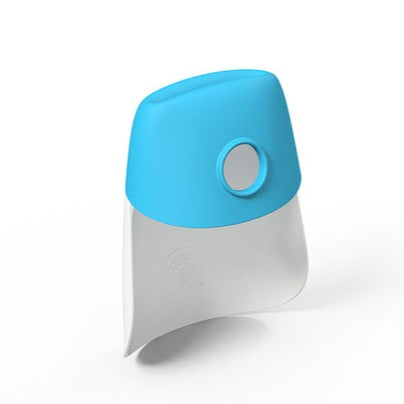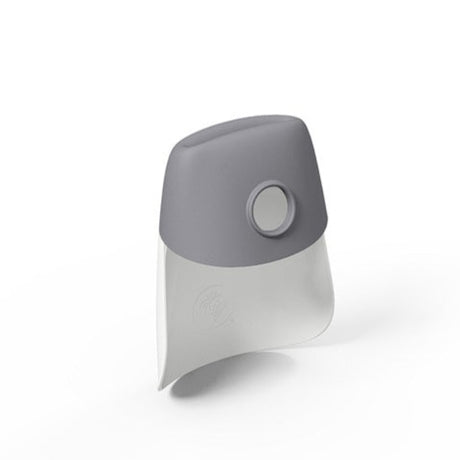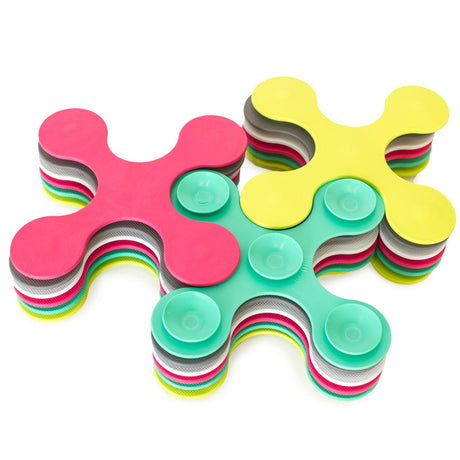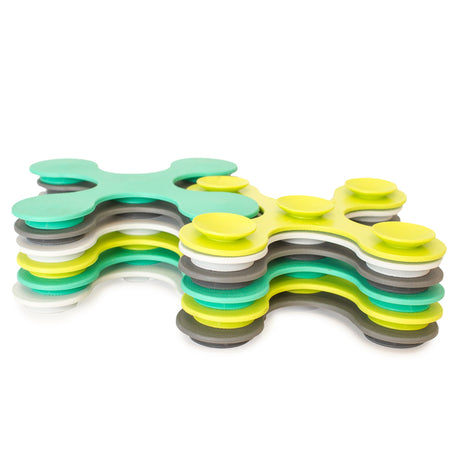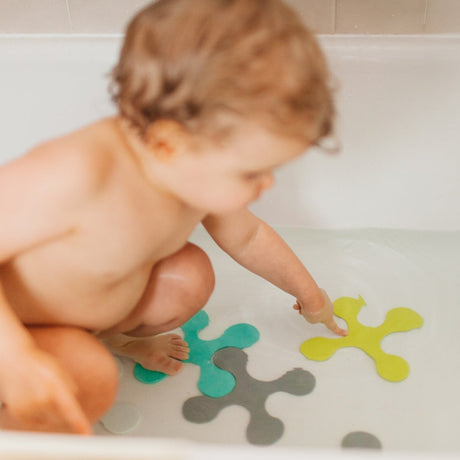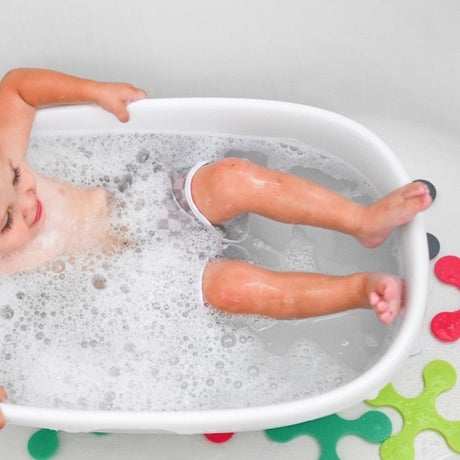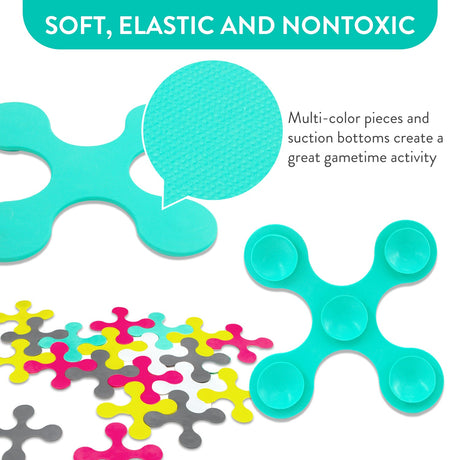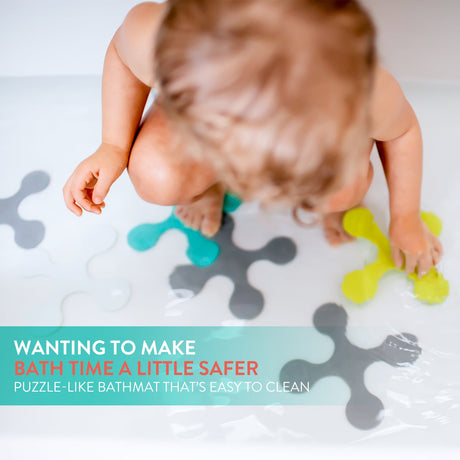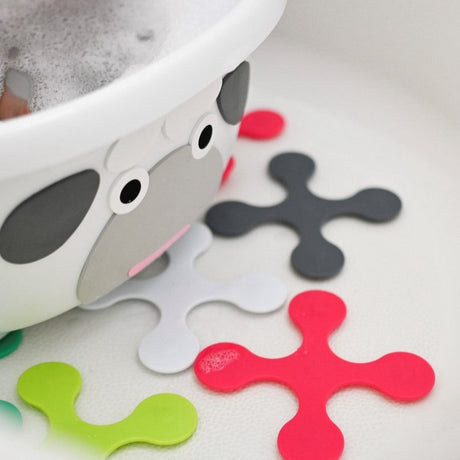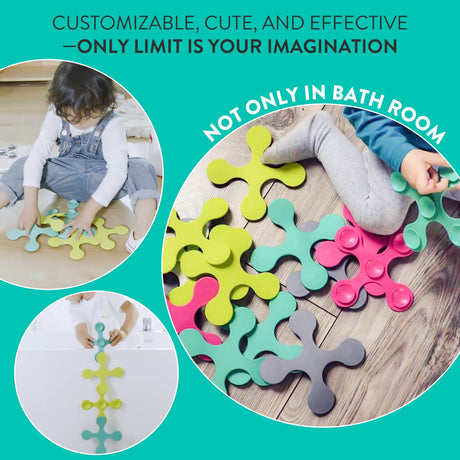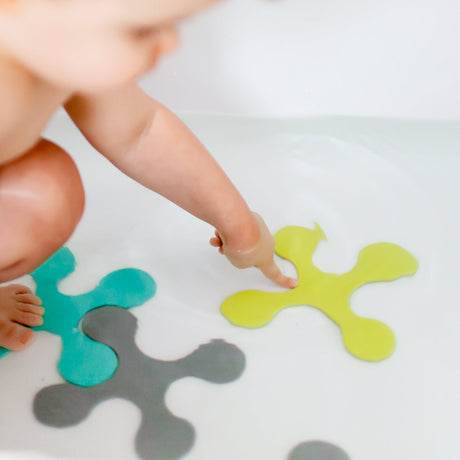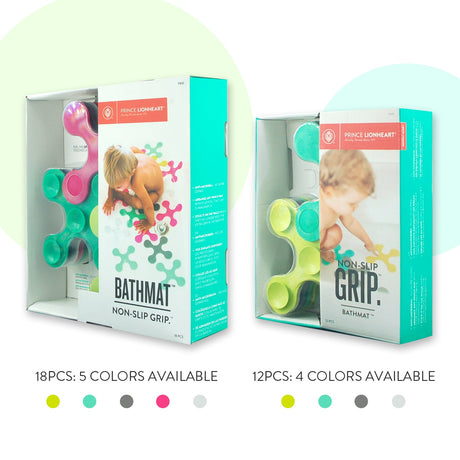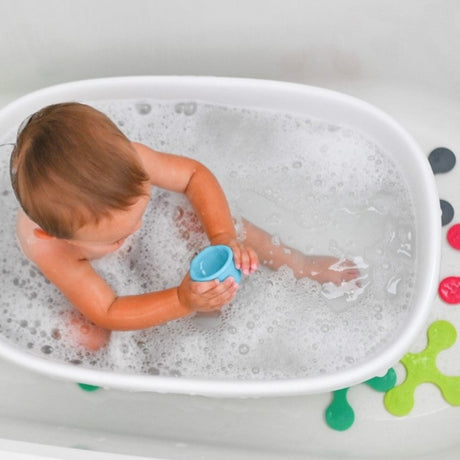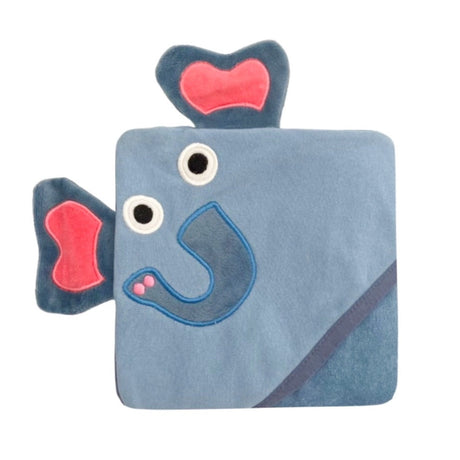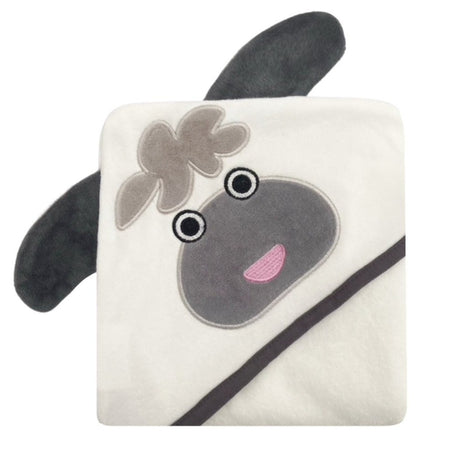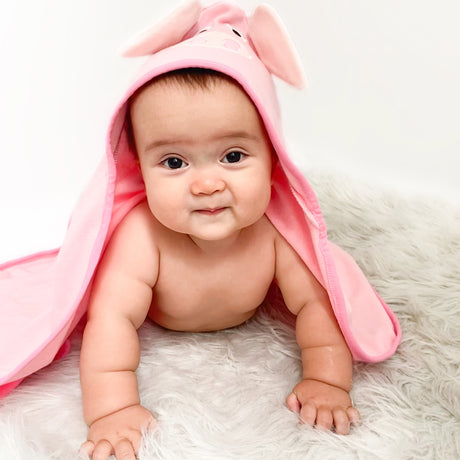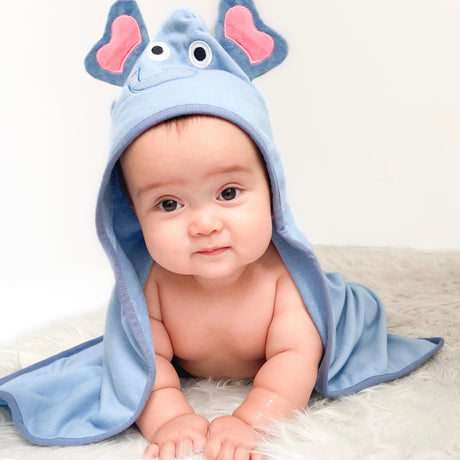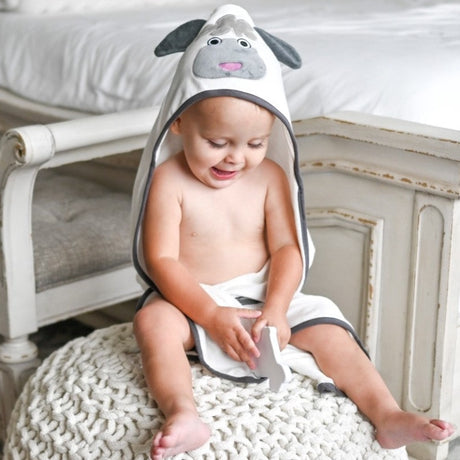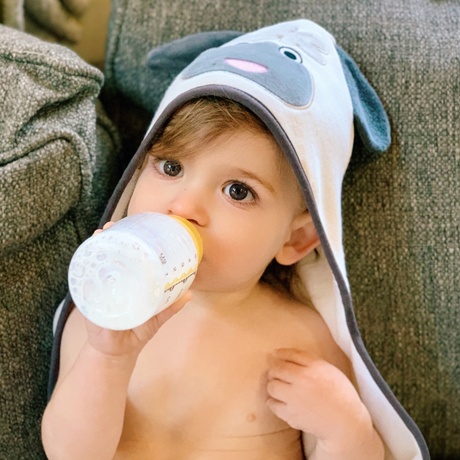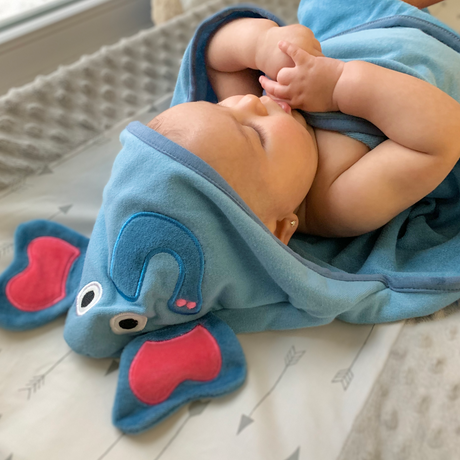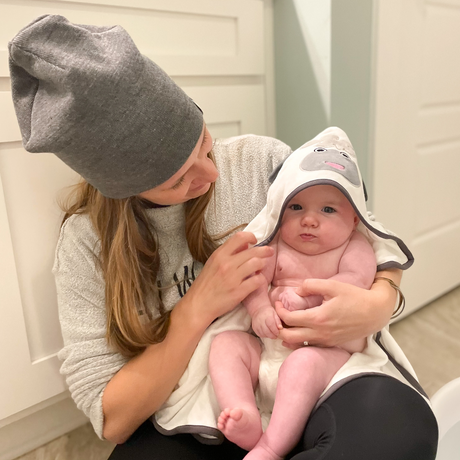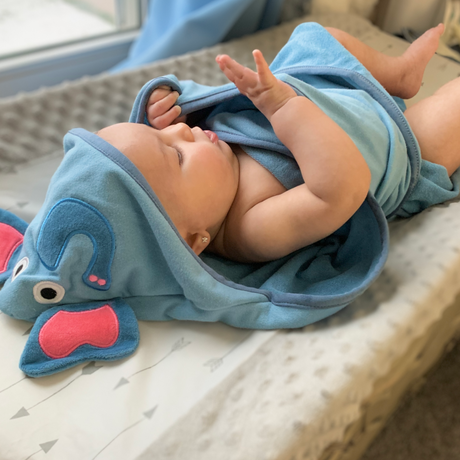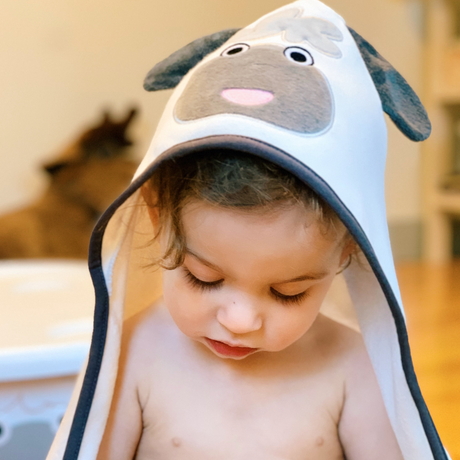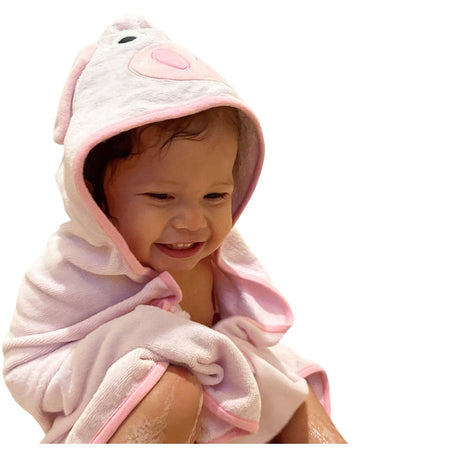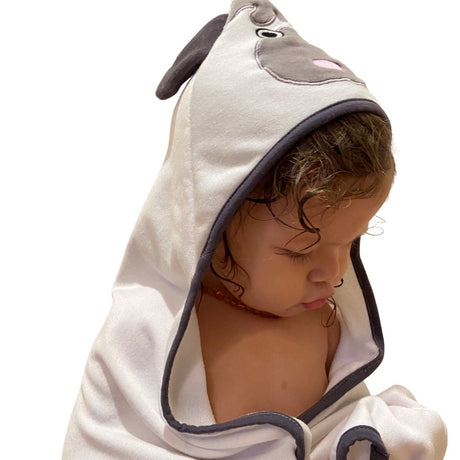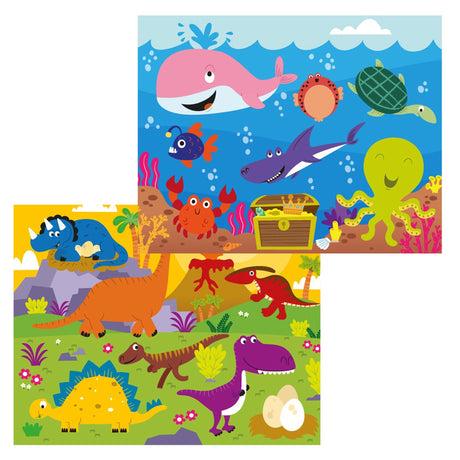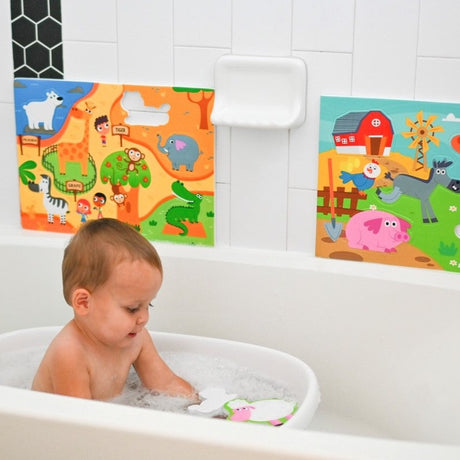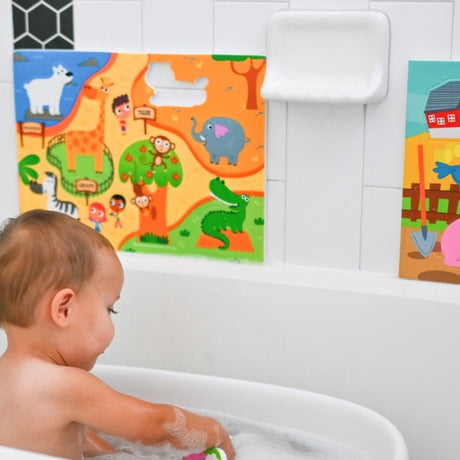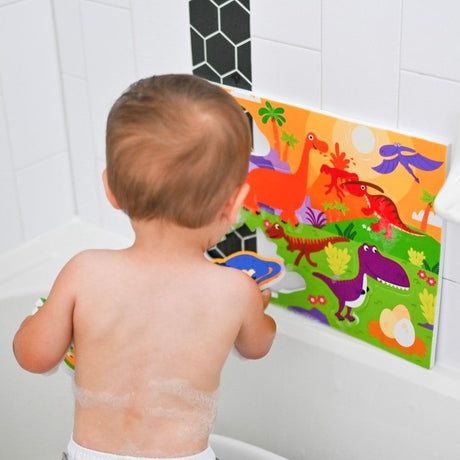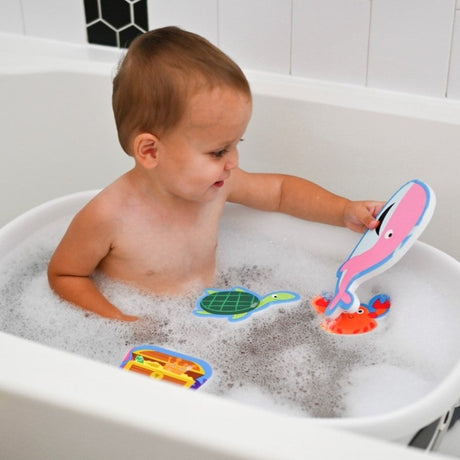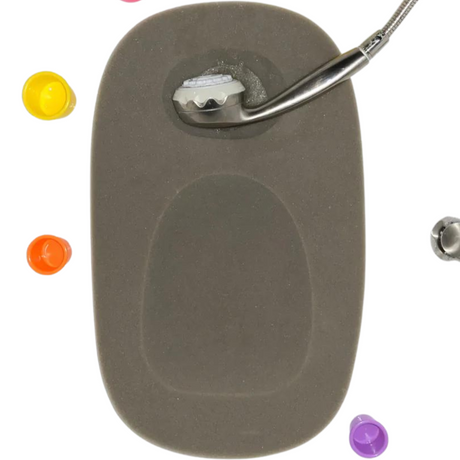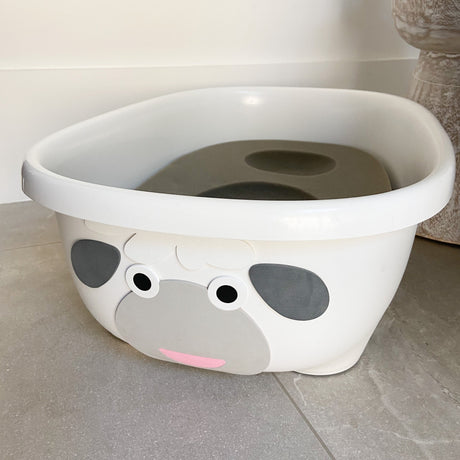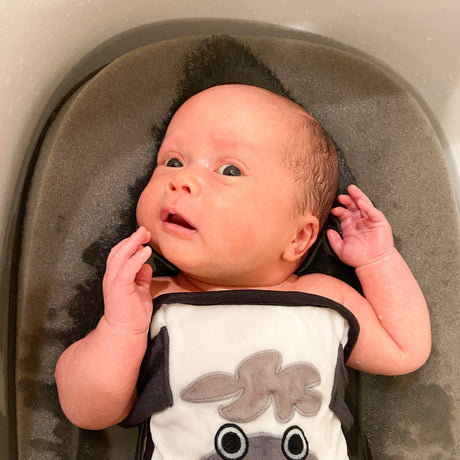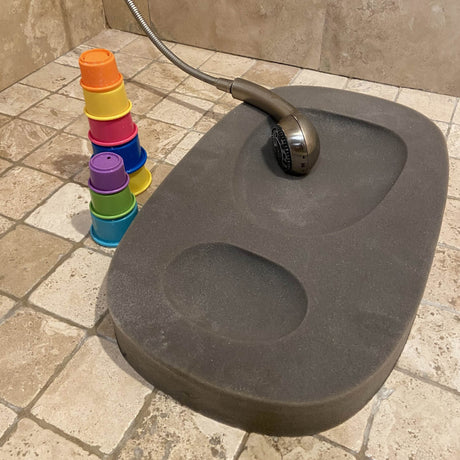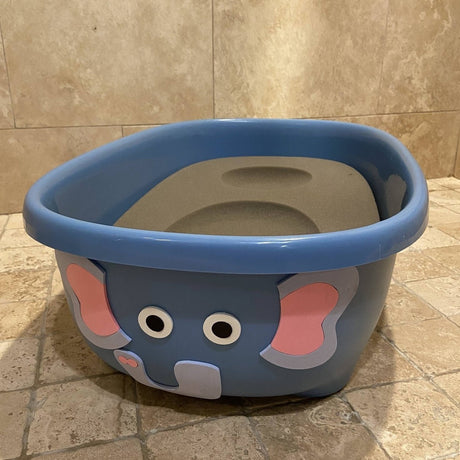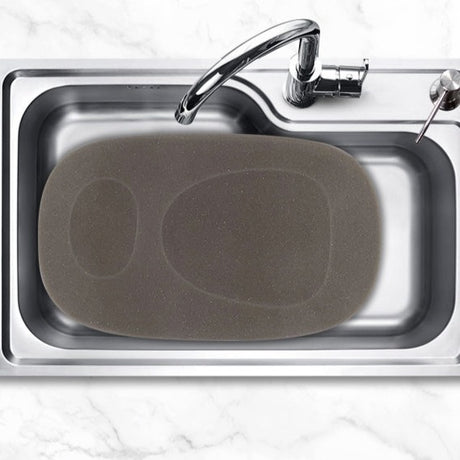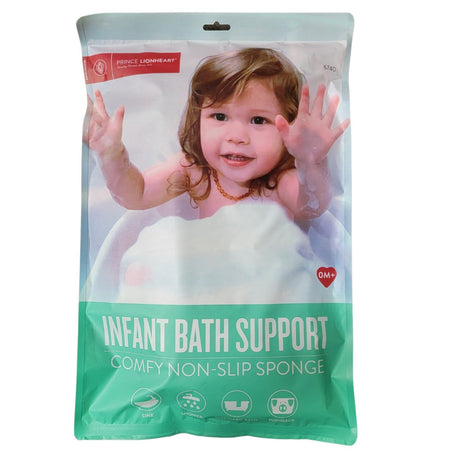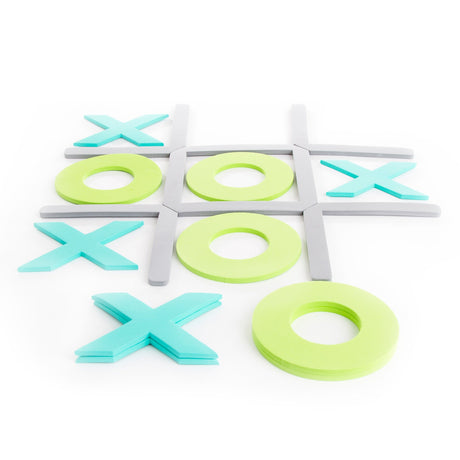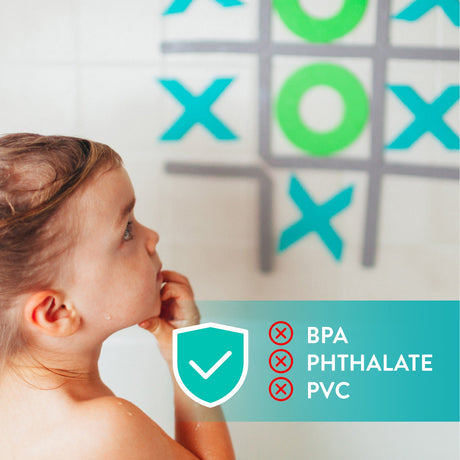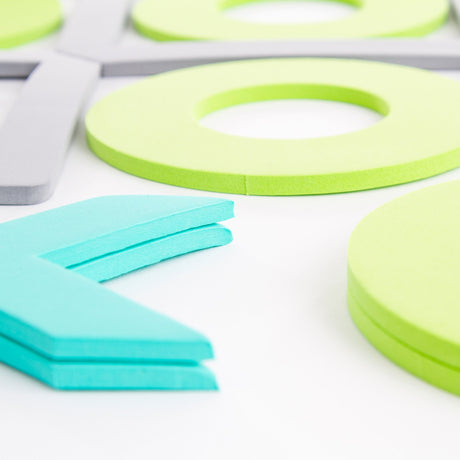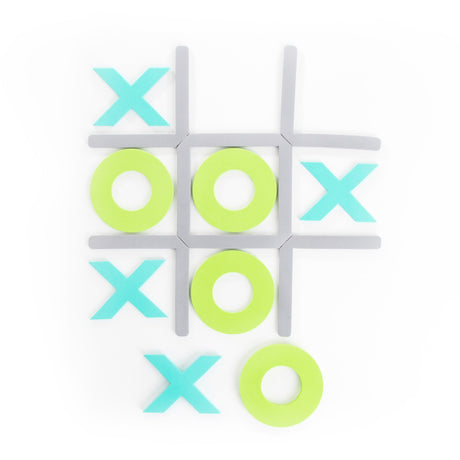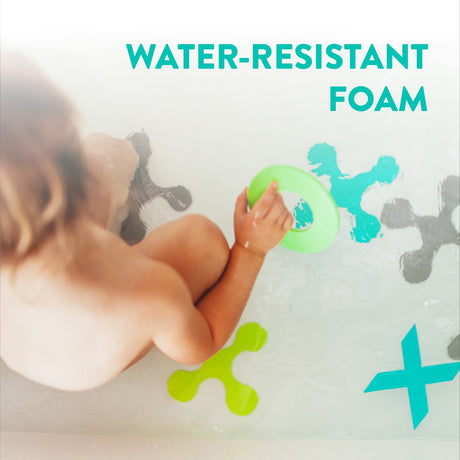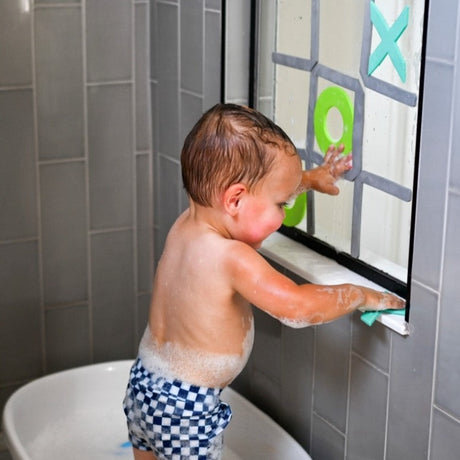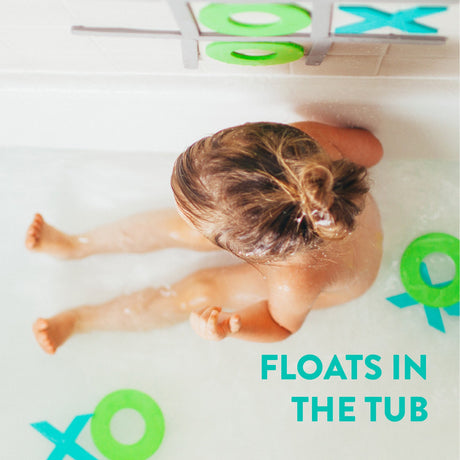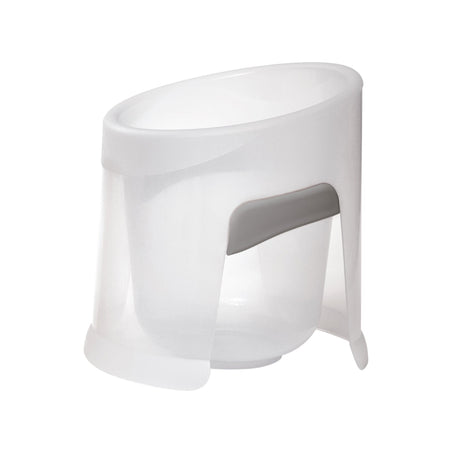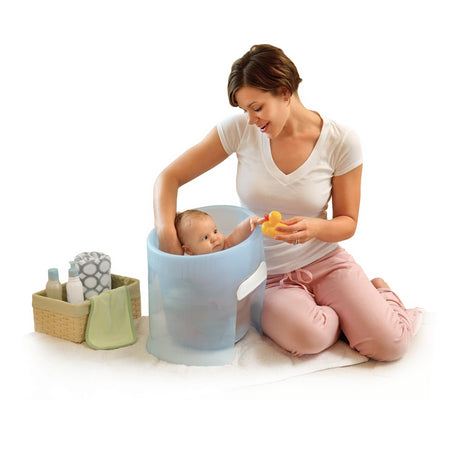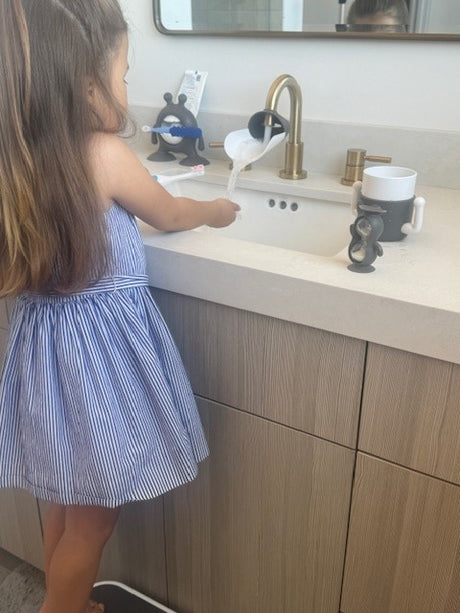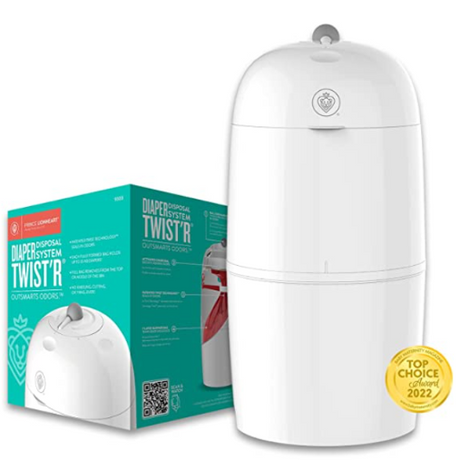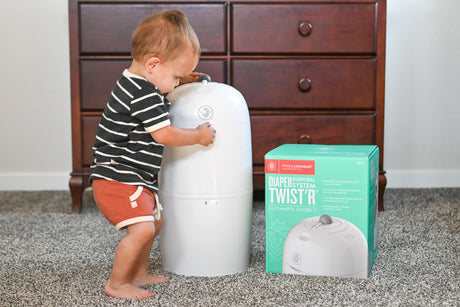Transitioning your baby from a bottle to a baby cup is an exciting milestone but can also be challenging. This guide will walk you through practical steps to make this process smoother for both you and your little one.
Start with the Right Time
Introduce the baby cup around 6 months of age when your baby has good head and neck control. Observe if your baby shows interest in other cups.
Knowing when to start transitioning your child from a bottle to a baby cup can set the stage for a successful shift. According to the Kennedy Krieger Institute, many children resist changes to their feeding routine, so finding the right time is essential. Typically, the American Academy of Pediatrics recommends moving to a sippy cup by 18 months, focusing on both dental health and the chance to enhance oral motor skills.
Before starting this transformation, ensure your baby is ready. Look for signs of physical readiness such as sitting up unassisted, showing interest in solid foods, and having developed hand-to-mouth coordination. Being in tune with your child’s developmental milestones can help you gauge the perfect timing.
An ideal time to begin is when your baby starts showing curiosity about the utensils you use. Babies often mimic adult behavior, and seeing you drink from a cup can spark their interest. Use this curiosity to introduce the cup gradually, making it a part of their mealtime routine.
Choose the Right Baby Cup
Select a baby cup with easy-to-hold handles and a soft spout so your baby can practice sipping without discomfort.
Choosing the right baby cup is more than just picking one off the shelf. Different cups can facilitate different stages of drinking skills. Start with a sippy cup that features a soft spout, as this can feel more familiar and comfortable for your baby transitioning from a bottle. Cups with dual handles are easier for small hands to grip.
It’s essential to experiment with different types of cups because every child has unique preferences. Some parents find success with straws, while others might lean towards cups without valves that require less suction. The key is to find what your baby is most comfortable with and stick with it.
Beyond functionality, ensure the cup is made from safe, BPA-free materials. Engaging designs or bright colors might fascinate your baby and encourage them to use the cup more willingly. Brands like Prince Lionheart offer a variety of appealing baby cups that cater to both functionality and visual interest. Learn more about our sippy cup collection on our website.
Introduce the Baby Cup Gradually
Start by offering small amounts of water or milk in the baby cup during meal times. Allow your baby to explore and familiarize themselves with the new cup.
Gradual introduction can make a significant difference. Initially, use the new cup with water during non-meal activities, like in the bathtub or during playtime. This allows your baby to get used to holding and handling the cup without the pressure of drinking from it. According to Enfamil, starting gradually and with small steps can ease the transition and build your baby’s confidence.
If your baby shows resistance, be patient. Consistently offering the baby cup during different times of the day can help normalize its use. Consider using the cup during snack times or when introducing new drinks such as diluted fruit juices or different types of milk to make the experience more enticing.
Consistency is key. It’s beneficial to offer the baby cup at the same time every day. This routine helps establish the cup as a part of their daily life. Ensure mealtimes are relaxed and free from distractions to give your baby the best chance to succeed with the new cup.
Encourage and Model Behavior
Show your baby how to use the baby cup by demonstrating the sipping action. Praise their efforts and be patient as they learn.
Modeling behavior is a powerful tool. Babies learn a great deal by watching their parents and caregivers. Make a point to use a cup in front of your child and let them see the process of drinking from it. This will help them understand what is expected and motivate them to imitate the action.
Encouragement goes a long way. Whenever your baby makes an effort to use the cup, praise them generously. Positive reinforcement can make them more inclined to keep trying, even if they aren’t immediately successful. Celebrate small victories, such as holding the cup correctly or taking the first sip.
Gradually Replace Bottle Feedings
Slowly reduce the number of bottle feedings and replace them with baby cup sessions. This gradual change helps your baby adapt without a sudden disruption.
The gradual transition can be done by eliminating one bottle feeding at a time. Start with a bottle feeding that your baby is least attached to, perhaps a mid-morning or afternoon feeding, and replace it with a baby cup. This method helps in adapting without causing too much distress. As noted by Lucie’s List, phasing out the bottle incrementally can lower the chances of major resistance.
Replacing bottles with cups might take a few weeks, or even months, depending on your child’s adaptability. Keep track of their progress and slowly increase the number of baby cup sessions until they entirely rely on cups for their drink.
Eventually, your goal should be to replace nighttime bottles, which are often the most difficult due to their comfort association. Establishing a calming bedtime routine without the bottle can ease this transition. You might read a book or offer a comforting toy to replace the bottle.
Deal with Resistance
If your baby resists the baby cup, stay calm and try different approaches like changing the type of cup or offering it when your baby is more relaxed.
Resistance is natural, and it’s important to manage it with patience and creativity. If one type of baby cup isn’t working, consider trying a different style. There are many options such as spouted cups, straw cups, or even open cups. Sometimes a simple change in design or color can make a difference.
Offer the baby cup when your child is most relaxed and in a good mood. During or after a nap, when they’re most calm, can be an ideal time to introduce the cup. The key is to make the experience as positive and stress-free as possible for both of you.
When faced with strong resistance, don’t hesistate to use engaging distractions. For instance, you can place a favorite toy nearby or engage them in a light-hearted conversation to keep them occupied while they try out the cup.
Monitor Progress and Adjust
Keep track of your baby’s progress with the baby cup and make adjustments as needed. Every baby is different, so be flexible with your approach.
Monitoring progress helps you understand what’s working and what isn’t. Note the times and scenarios where your baby successfully uses the cup and try to replicate those conditions. Celebrate the small milestones along the way, whether it’s taking a sip or holding the cup independently.
Flexibility is vital because every baby is unique. Some might take to the cup quickly while others need more time and varied approaches. Keep an open mind and be willing to adapt your strategies. Consulting resources like the Prince Lionheart Blog can offer fresh ideas and insights.
Keep an eye on your baby’s hydration levels throughout the transition. Ensure they are getting enough fluids during the day, especially if they’re reducing their milk intake. Encourage regular drinking habit and offer their preferred beverages to make the practice of using the cup more appealing.
Final Thoughts
Transitioning from a bottle to a baby cup requires patience, consistency, and encouragement. By following these steps and tips, you can help your baby adapt to this new change smoothly, making it a positive experience for both of you. Visit our homepage for more parenting tips and quality baby products.

